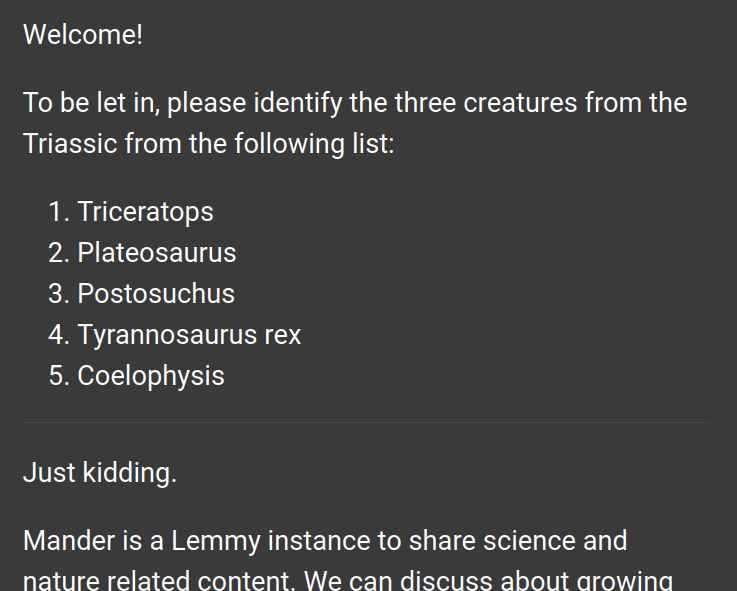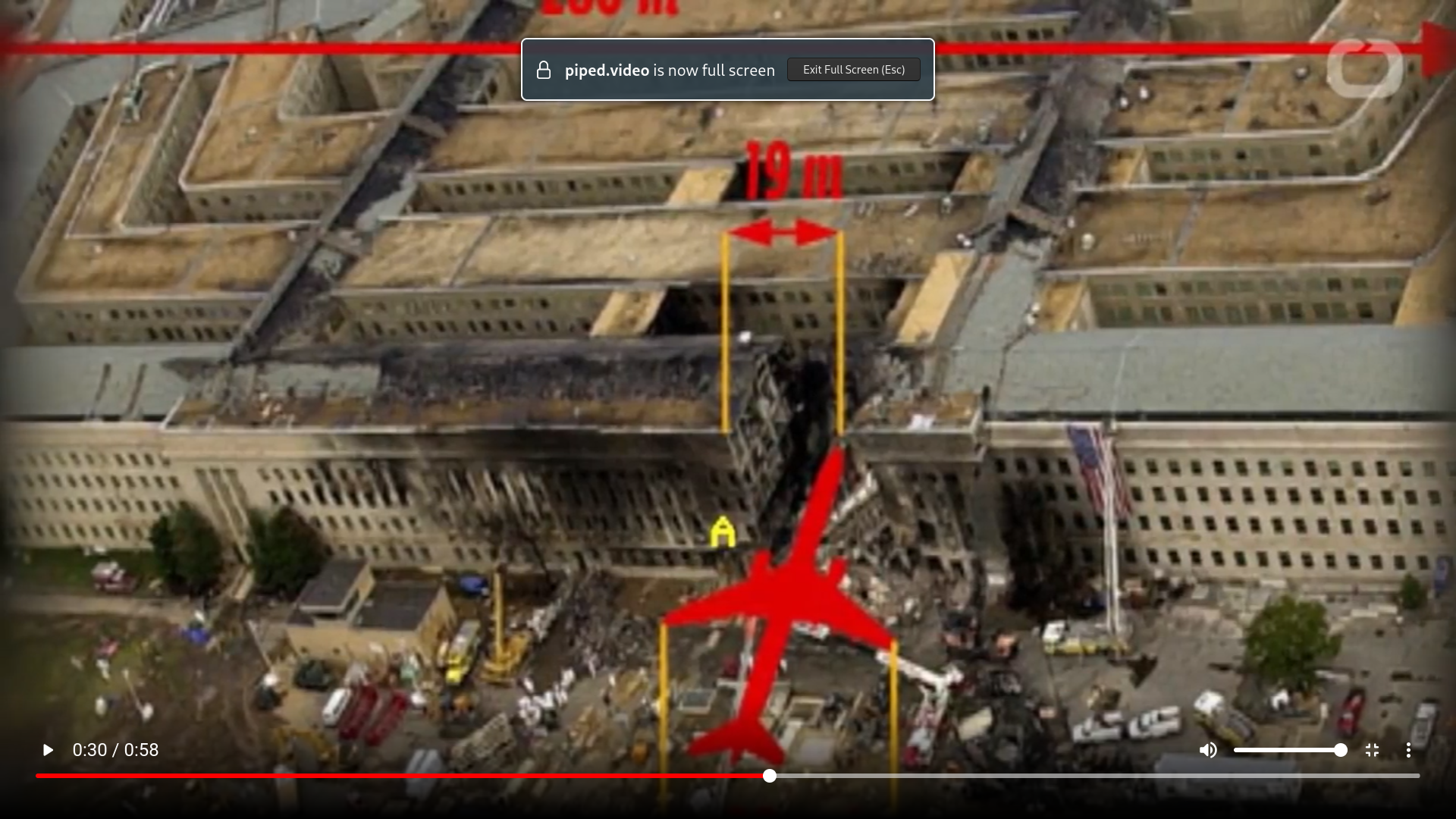

Fresh from the Farm Fungi - he is a mushroom farmer from Colorado. He has a ton of valuable information on growing mushrooms and running a business. He also has a few series of videos on very interesting experiments such as growing boletus, morelles, and cordyceps.
Microbehunter - he is a biology teacher that runs a microscope channel. His videos are very useful for learning the basics of microscopy.
Huygen Optics - I’m not sure about this guy’s background. He worked in R&D for Phillips in the 90s and he knows a lot about optics and chemistry, but I don’t know much more. He has built some equipment in has garage for sputtering metals on surfaces and has some pretty cool videos.
MissOrchidGirl - she is more popular than the others. She has great info about caring for orchids and a fantastic orchid collection.
Ben Felix - he is a portfolio manager with very solid financial advice. He supports his claims with research articles.
















Very interesting list! I am especially curious about Matt Brown’s videos. Thanks!